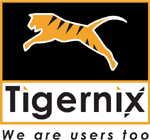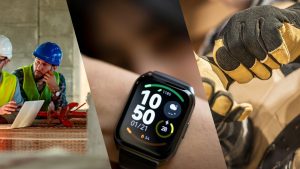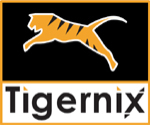Have you ever thought about how YouTube suggests to you the exact shows that you expect to watch next? How does Facebook display advertisements related to what you checked on eBay or Amazon yesterday? It is like these software programmes can screen your mind! This is the same with the emails filtering scam emails, automated cars, voice assistants, etc. The powerhouse behind these intelligent decision-making is ‘Machine Learning’. Being just lines of code, how can they do these miracles in the digital space?
This article offers answers to your question ‘What are machine learning models?’.
What is Machine Learning?
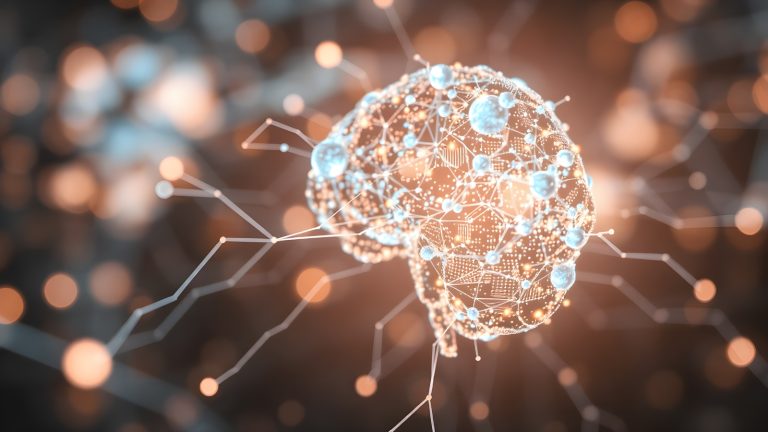
- Machine learning comes under artificial intelligence as its subordinate branch, which encourages computers to capture patterns from existing data and then move on to level up their performance without requiring explicit programming.
- In this process, the humans do not need to offer step-by-step instructions. Instead of that, machine learning models require examples, in which they are developed to spot patterns and establish connections between data elements.
- Not limited to one, machine learning models come in different types. Each model type has its own strengths and capabilities to fulfil a broad spectrum of requirements along with AI technology.
- If we look into its real-world applications, we can see that many applications, tools employ ML capabilities in their development nowadays. For example, you can find ML models in self-driving cars, voice assistants, spam identification, recommendation systems, and even in medical diagnosis.
- Learning lays the base for this technology mainly. The primary intention behind machine learning is that the overall learning of the computer occurs through experience, and it keeps improving over time. Developing this adaptive knowledge acquisition model enables making decisions or predictions more accurately without human intervention.
5 Key Types of Machine Learning Models
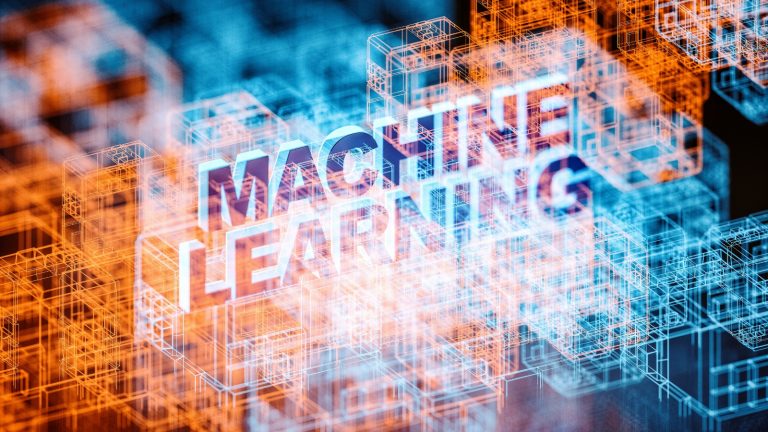
Supervised Learning
Supervised learning is known as the most commonly employed type of machine learning. In this type, the models are supposed to learn from the labelled data sets. This signifies its ability to learn from data that carries both inputs and outputs.
Machine learning experts see it as a student learning with the answer key. Likewise, the model compares the examples given to establish the connection between inputs (features) and outputs (targets). That way, the models receive the potential to work on predictions based on new or unseen data.
For example, the supervised learning models are given data sets of vehicle prices along with other relevant information like its models, year, functions, quality, it can absorb the relation between each data element and assume the price of the next vehicle the company produces.
These supervised learning models also divide into a variety of other types, such as logistic regression, linear regression, random forests, decision trees, neural networks and support vector machines.
When looking into its practical implementations, you can notice their application in the areas including stock price predictions, email clustering for scam detection, bank fraud spotting and handwritten digits identification, etc. The key concept of the latter is making the model learn from labelled examples and translate conceptual comprehension into action in order to make accurate predictions on a new set of data.
Unsupervised Learning
Unsupervised learning is making the model flow without knowing the pre-defined or ‘the right’ answer. What does this actually mean? In this type, the machine learning model is developed to function with data that has no labels. This means the system has no clue what the exact target is.
Identifying hidden patterns, groups, or structures in the data is the primary target of this type of model.
This is done in different ways: One of the main techniques is clustering. This is where the model sees the similarity between data and tends to group those similar items together. Let us simplify this through an example. If a business wishes to offer a personalised promotion, it may need to identify the customers who express similar buying patterns or habits. This ML model can easily accomplish the above requirement.
Dimensionality reduction is also another technique where the models simplify data while retaining important information. When it comes to visualising large datasets or speeding up other algorithms, this becomes quite useful.
Among many other, most commonly employed unsupervised ML models include K-Means, hierarchical clustering, DBSCAN, PCA, t-SNE, and autoencoders. When it is required to work on anomaly detection, customer segmentation, recommendation systems, and image compression, this type of model comes to the centre stage.
Semi-Supervised Learning
Semi-supervised learning simply blends the capabilities of supervised and unsupervised learning models. How does this get mixed? When it comes to semi-supervised models, they get their learning from a small amount of labelled data and a large amount of unlabelled data. Since the data is time-consuming, expensive, and difficult, this blended model version presents a great solution.
Even though the model receives the opportunity to absorb a limited amount of labelled examples, it has the capacity to understand the structure of the unlabeled data. Based on that understanding, they take the next steps to improve their predictions.
We can see in the industrial world, semi-supervised models like self-training, label propagation, and semi-supervised SVMs are dominating the market. After correctly absorbing the data sets, the models have the potential to assign labels to unlabeled data based on the patterns learned from the labelled portion.
In applications involving text classification, speech recognition, facial recognition and medical diagnosis, this semi version comes into play.
Reinforcement Learning
Reinforcement learning, or known as RL, is where the model assimilates and captures patterns by interacting with an environment. The theory is straightforward; it will not receive the correct answer in advance, instead it grasps through trial and error. In this type, the model is developed to perform various actions and observe the results. Based on their performances, the RL models get rewarded or penalised. The ultimate goal is to achieve an optimal number of rewards over time.
Training a robot to walk is the ideal example for this. During its initial stages, the robot struggles with different movements. If the attempt becomes successful, it gets a positive reward. If the attempt is a failure, it receives a penalty. This way, with time, the robot identifies the perfect movements to walk successfully.
Common RL methods range from Deep Q-Networks (DQN), Q-learning, Policy Gradient Methods, to Proximal Policy Optimisation (PPO) and Actor-Critic. In the game-playing AI like AlphaGo, robotic control, self-driving cars, dynamic pricing strategies, and automated recommendations are examples of its practical implementations.
Ensemble Learning
This model is developed by combining multiple ML models to produce better results than any single model. In a way, it represents a fusion of all the models. The theory behind this is quite clear: it has a higher potential for the machine learning model to offer accuracy and robustness when the capabilities of several models are combined for decision-making.
Ensemble learning methods include bagging, boosting, stacking, and voting classifiers. In bagging, multiple models are trained independently on random samples of the data, and their results are averaged.
Boosting is where it trains models sequentially, giving more attention to mistakes made by previous models. Stacking combines predictions from multiple models using another model to make the final decision.
When it comes to fraud detection, credit scoring, image recognition and medical diagnosis, this specific type comes to the limelight. Due to their ability to reduce errors and enhance accuracy, ensemble methods are popular in the market.
Choosing the Right Machine Learning Model for Industrial Work

You may understand that it is challenging to select a suitable machine learning model as the list is quite long, with its own characteristics and capabilities. However, landing the right one is also vital for better results in the industrial world. This is where you require the expert involvement, like Tigernix. All of our software solutions come with AI and Machine Learning to offer the optimal result. Talk to our experts today and receive the maximum ROI of your investments.
